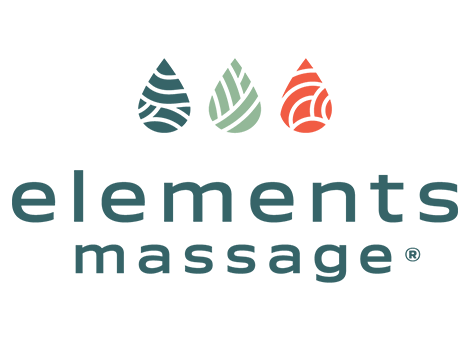Expanding the Role of Massage Therapy in Reducing Tension Headaches
Tension headaches, manifesting as a persistent dull ache on both sides of the head or at the back of the head and neck, are a prevalent condition among adults worldwide. Often exacerbated by stress, muscular strain, or postural changes, these headaches can significantly hinder an individual's daily activities and overall quality of life. Research and clinical observations have increasingly supported massage therapy as an effective approach for alleviating the symptoms of tension headaches, offering a viable alternative or complementary treatment to conventional medical interventions.
Underlying Mechanisms of Massage Therapy in Headache Management
-
Muscular Relaxation: Central to massage therapy's effectiveness is its ability to relax the musculature of the head, neck, and shoulders. This relaxation helps alleviate the muscular strain and tension that often contribute to or exacerbate tension headaches. By undoing muscle knots and easing tightness, massage can directly address one of the primary physical triggers of these headaches (Moraska et al., 2008).
-
Enhancement of Parasympathetic Activity: Massage therapy promotes the activation of the parasympathetic nervous system, which counteracts the body's stress response associated with the sympathetic nervous system. This shift not only facilitates relaxation but also helps regulate stress hormones like cortisol, whose elevated levels are often found in individuals experiencing frequent tension headaches (Diego & Field, 2009).
-
Improvement in Circulatory Dynamics: Enhanced blood flow is another critical benefit of massage therapy, ensuring the efficient delivery of oxygen and nutrients to tense muscles and facilitating the removal of metabolic waste products. Improved circulation can help reduce the buildup of substances that might contribute to headache pain (Field, 2014).
-
Endorphin Release: Massage therapy stimulates the production of endorphins, the body's natural painkillers. An increase in endorphin levels can lead to a reduction in perceived pain, including the discomfort associated with tension headaches (Field, 2010).
Empirical Support for Massage Therapy in Reducing Tension Headaches
Several studies and clinical trials have provided empirical evidence supporting the efficacy of massage therapy in managing tension headaches. For instance, a study by Quinn et al. (2002) demonstrated a significant reduction in the frequency of tension headaches in participants receiving regular massage therapy sessions over a specified period. This study highlighted not only a decrease in headache frequency but also improvements in sleep quality and stress management among participants.
A comprehensive review by Chaibi and Russell (2014) further cemented the role of massage therapy as a viable complementary treatment for tension-type headaches. The review concluded that massage, particularly when focusing on the cervical and cranial areas, could effectively reduce the intensity and duration of tension headaches, thereby improving the patients' quality of life.
Conclusion
Massage therapy, through its multifaceted impact on the muscular, circulatory, and nervous systems, offers a promising non-pharmacological approach to reducing the frequency and severity of tension headaches. It provides a holistic alternative or complement to traditional treatments, emphasizing the importance of addressing the physical and psychological components of headache management. Future research will continue to refine our understanding of the optimal massage techniques and frequencies for individuals suffering from tension headaches, further establishing massage therapy's place in comprehensive headache care strategies.
References
- Chaibi, A., & Russell, M. B. (2014). Manual therapies for primary chronic headaches: a systematic review of randomized controlled trials. The Journal of Headache and Pain, 15, 67.
- Diego, M. A., & Field, T. (2009). Moderate pressure massage elicits a parasympathetic nervous system response. International Journal of Neuroscience, 119(5), 630-638.
- Field, T. (2010). Touch for socioemotional and physical well-being: A review. Developmental Review, 30(4), 367-383.
- Field, T. (2014). Massage therapy research review. Complementary Therapies in Clinical Practice, 20(4), 224-229.
- Moraska, A., Pollini, R. A., Boulanger, K., Brooks, M. Z., & Teitlebaum, L. (2008). Physiological adjustments to stress measures following massage therapy: a review of the literature. Evidence-Based Complementary and Alternative Medicine, 7(4), 409-418.
- Quinn, C., Chandler, C., & Moraska, A. (2002). Massage therapy and frequency of chronic tension headaches. American Journal of Public Health, 92(10), 1657-1661.

